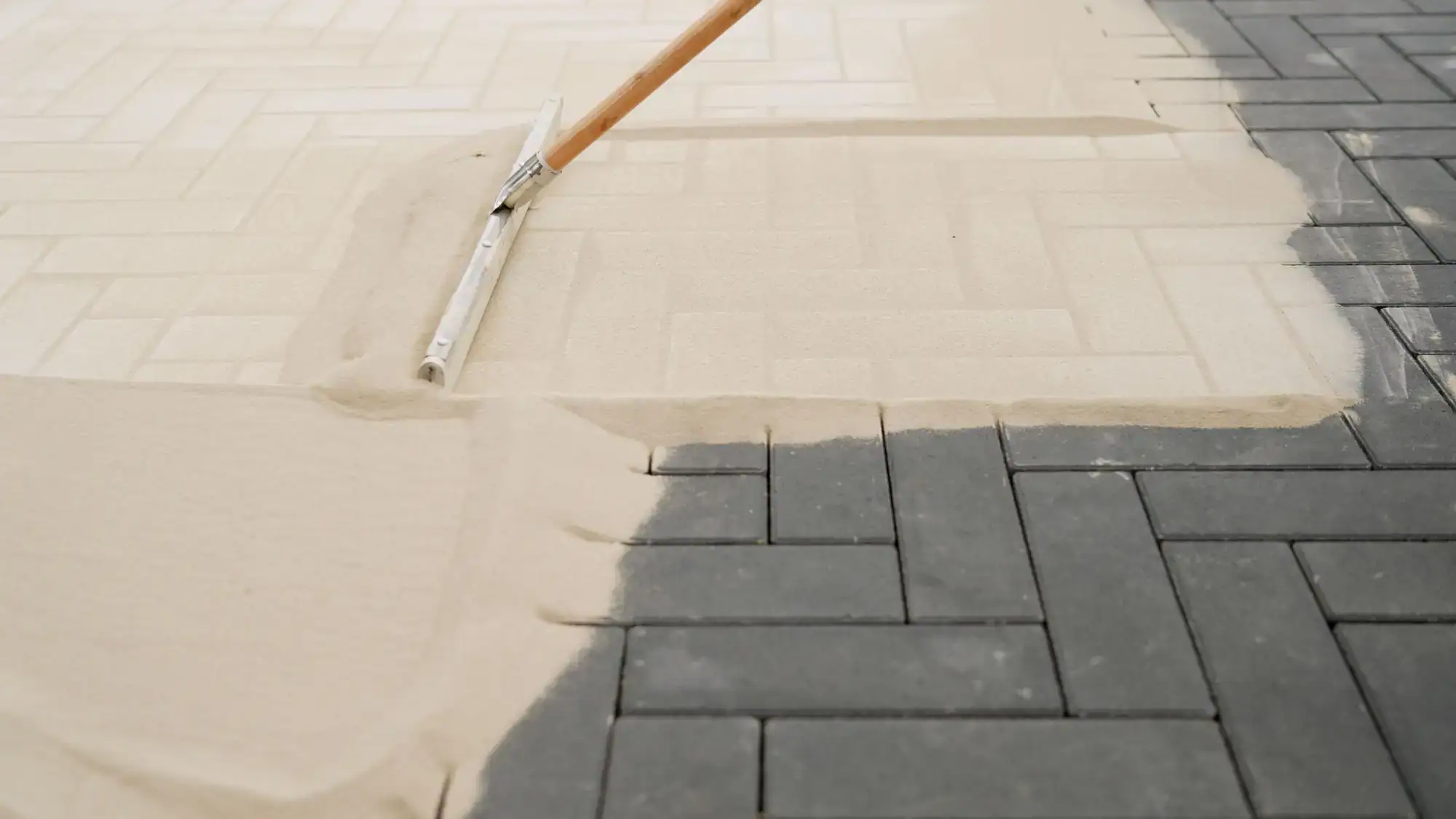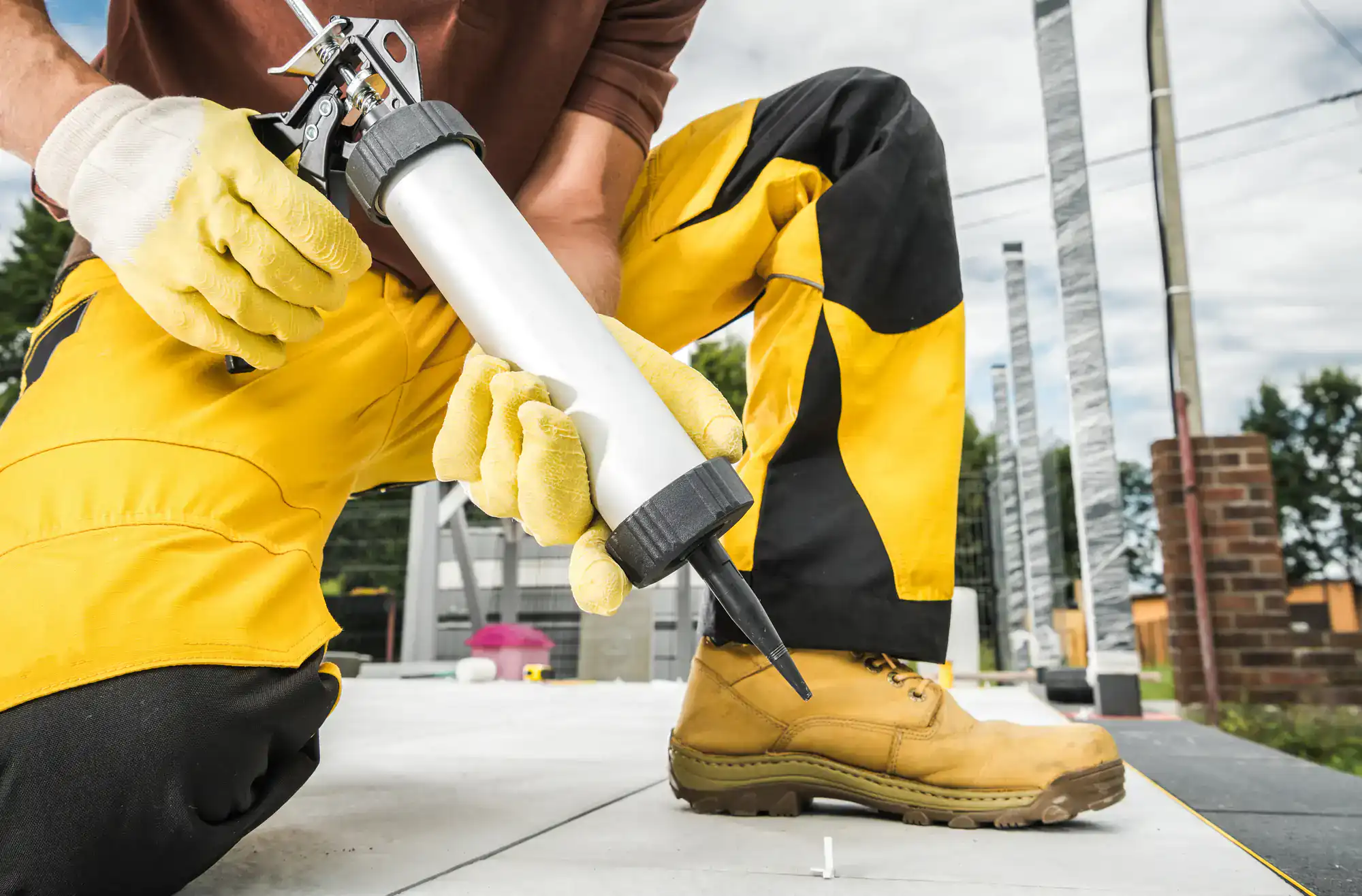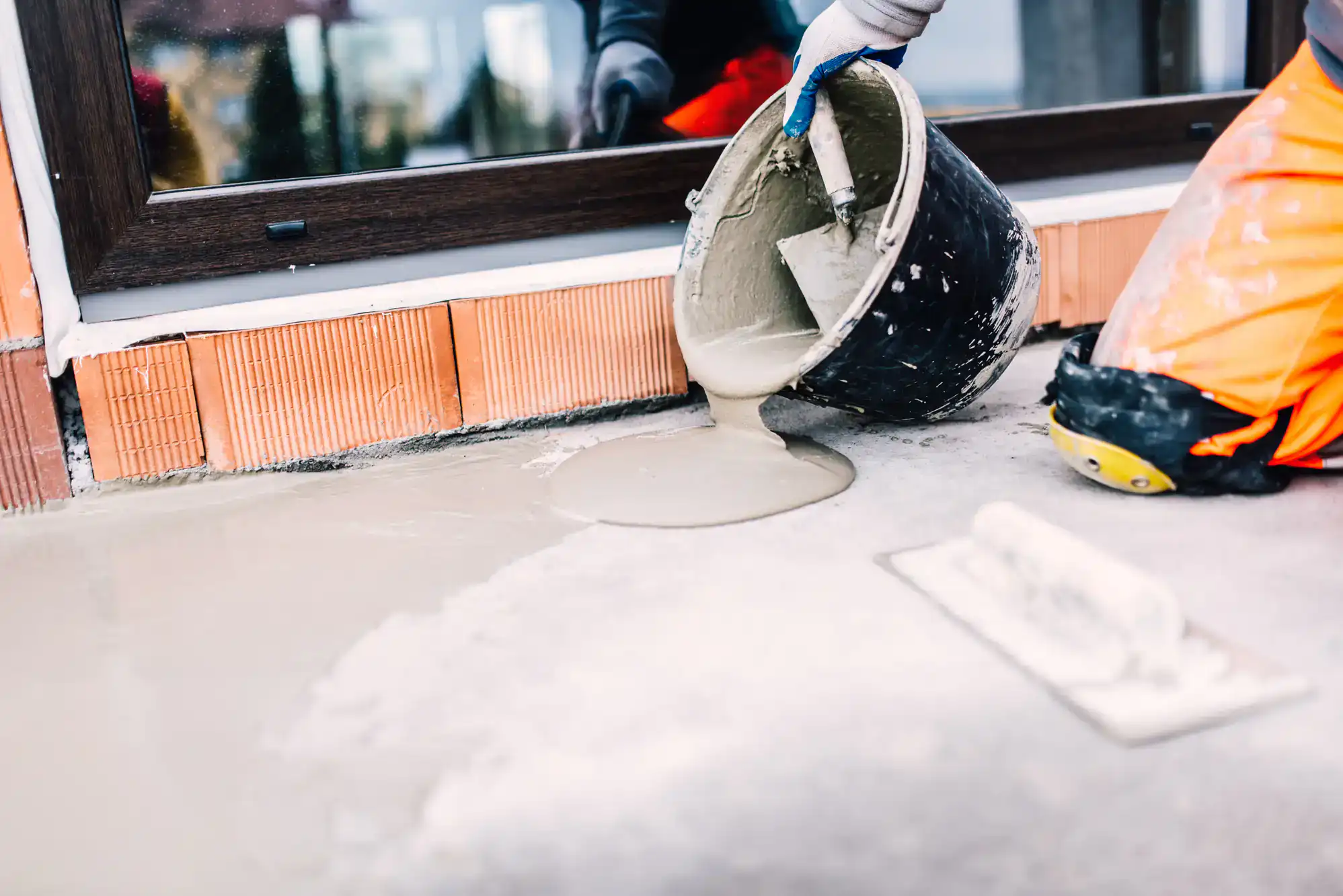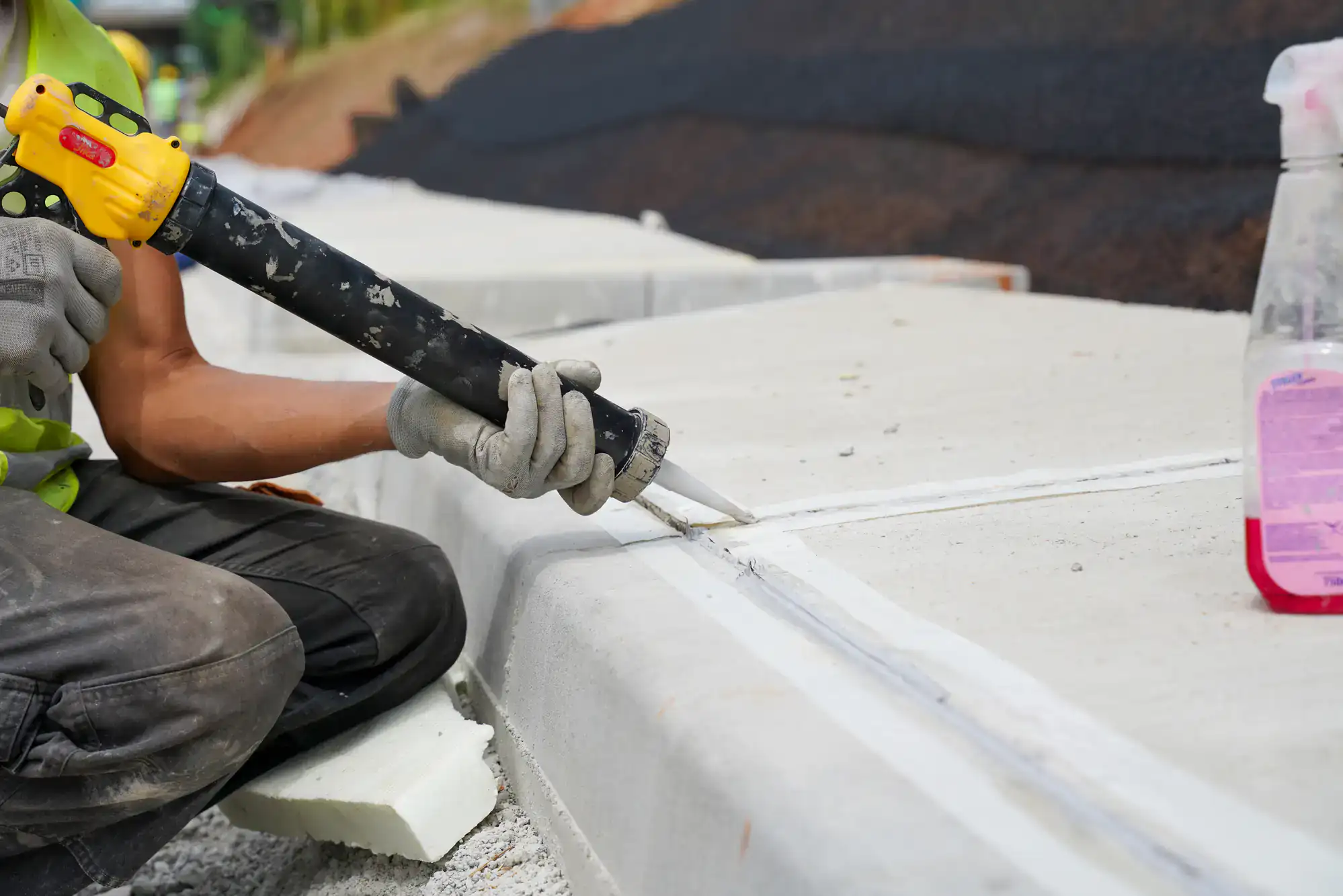Concrete Sealing in Tamarac, FL
Real Protection That Actually Lasts

Hear from Our Customers

Commercial Concrete Sealing Tamarac
Your floors stop absorbing moisture, chemicals, and stains. The constant worry about water damage, mold growth, and expensive repairs disappears. You get a surface that actually repels what Florida throws at it.
Instead of replacing sections of damaged concrete every few years, you’re looking at a floor that holds up for decades. No more explaining to your insurance company why there’s water damage again. No more shutting down operations while contractors fix what should have been protected from day one.
The difference is immediate. Your space looks professional, feels cleaner, and operates without the constant maintenance headaches that come with unprotected concrete in South Florida’s climate.
Tamarac Flooring Services Experts
We’ve been protecting South Florida concrete since day one. We’ve seen what happens when concrete sealing is done wrong, done cheap, or skipped entirely.
Tamarac’s proximity to the Everglades means your building faces some of the highest humidity levels in the country. Most contractors don’t account for this. They use the same products and methods they’d use in Arizona and wonder why everything fails within two years.
We use industrial-grade sealers specifically engineered for Florida’s climate. Our team understands how moisture moves through concrete, how temperature swings affect adhesion, and what it takes to create a barrier that actually holds up when the next hurricane brings three days of sideways rain.

Professional Concrete Sealing Process
First, we evaluate your concrete’s current condition and moisture levels. Most sealing failures happen because contractors skip this step and apply products over compromised surfaces.
Next comes surface preparation. We clean, repair any existing damage, and ensure the concrete can properly bond with the sealer. This isn’t pressure washing and hoping for the best. It’s methodical preparation that determines whether your sealing lasts two years or twenty.
The sealing application uses industrial-grade products applied in controlled conditions. We monitor temperature, humidity, and curing time to ensure proper penetration and adhesion. No shortcuts, no rushing to the next job.
Finally, we test the seal’s effectiveness before calling it complete. You get documentation showing coverage levels, penetration depth, and expected performance timeline. You know exactly what you’re getting and how long it will last.

Ready to get started?
Moisture Control Flooring Solutions
Your concrete sealing includes penetrating sealers that go deep into the concrete matrix, not just surface coatings that peel off when things get tough. We use products specifically rated for South Florida’s humidity levels and temperature fluctuations.
Tamarac sits in Broward County where average humidity runs 75-85% year-round. Your building faces moisture pressure that most of the country never sees. Standard concrete sealing products fail here because they weren’t designed for this environment.
Our sealing systems create a molecular barrier that stops water vapor transmission while allowing the concrete to breathe. This prevents the pressure buildup that causes other sealers to fail. You get protection that works with Florida’s climate instead of fighting it.
The result is concrete that stays structurally sound, doesn’t develop that musty smell, and won’t support mold growth even when conditions are perfect for it everywhere else.

How long does concrete sealing last in Florida’s humid climate?
Professional concrete sealing in South Florida typically lasts 10-15 years when done correctly with the right products. The key is using penetrating sealers specifically formulated for high-humidity environments rather than surface coatings that fail within 2-3 years.
Florida’s extreme humidity and temperature swings destroy inferior products quickly. We use industrial-grade sealers that create molecular bonds within the concrete itself, not just surface films that peel and crack. These penetrating systems actually get stronger over time as they continue curing in the concrete matrix.
Your timeline depends on traffic levels, exposure to chemicals, and maintenance. Commercial spaces with heavy foot traffic might need resealing every 8-10 years, while protected areas can go 15+ years. We provide specific timelines based on your actual conditions, not generic estimates.
What’s the difference between concrete sealing and epoxy coatings?
Concrete sealing penetrates into the concrete to create internal protection, while epoxy creates a surface coating on top. Sealing protects the concrete itself from moisture and chemical damage, while epoxy provides surface durability and appearance enhancement.
For Florida conditions, sealing is often the better choice for moisture protection because it doesn’t trap water vapor that can cause pressure buildup and coating failure. Epoxy works well for areas needing chemical resistance or specific appearance requirements, but it requires proper moisture control underneath.
Many projects benefit from both: sealing first to protect the concrete structure, then epoxy on top for surface performance. This combination gives you the moisture protection Florida demands plus the durability and appearance benefits of epoxy. We evaluate your specific needs to recommend the right approach.
Can you seal concrete that already shows moisture damage?
Yes, but existing moisture damage must be addressed before sealing can be effective. Simply sealing over compromised concrete traps existing moisture and often makes problems worse.
We start with moisture testing to determine current levels and identify the source of water intrusion. Damaged areas get repaired or replaced, and we ensure the concrete is properly dried before sealing. This might involve dehumidification, crack repair, or addressing drainage issues around the building.
Once the concrete is restored to proper condition, sealing prevents future moisture damage. The key is not rushing this process. Sealing wet or damaged concrete is like painting over rust – it looks good initially but fails quickly and creates bigger problems.
How do you handle concrete sealing in commercial spaces that can’t shut down?
We work in sections and use fast-curing products that minimize downtime while maintaining full protection. Most commercial concrete sealing can be done during off-hours or by treating areas in phases so operations continue.
Our scheduling starts with understanding your operational needs. Warehouses might work nights and weekends. Retail spaces need work done after hours. Manufacturing facilities might have scheduled maintenance windows. We adapt our process to your timeline, not the other way around.
Fast-cure sealers allow foot traffic within 4-6 hours and full use within 24 hours. For spaces that absolutely cannot shut down, we can work in small sections, completing the sealing process while maintaining access to most of the area. The key is planning the sequence properly so you’re never without access to critical areas.
What maintenance does sealed concrete require in Florida?
Properly sealed concrete in Florida requires minimal maintenance – regular cleaning and periodic inspection for any areas that might need touch-up treatment. The sealer does the heavy lifting of moisture protection.
Monthly cleaning with appropriate pH-neutral cleaners removes dirt and prevents buildup that could compromise the seal over time. Avoid harsh chemicals or pressure washing that might damage the sealer surface. Most maintenance is just keeping the surface clean so you can spot any issues early.
Annual inspections check for any areas where the sealer might be wearing thin, particularly in high-traffic zones or areas exposed to chemicals. Touch-up applications in these spots prevent small issues from becoming major problems. With proper maintenance, your sealed concrete continues protecting itself year after year without major intervention.
Why does concrete sealing cost more than basic surface treatments?
Quality concrete sealing costs more upfront because it uses industrial-grade materials and requires proper surface preparation, but it saves money long-term by preventing expensive damage and replacement costs.
Surface treatments might cost 30-40% less initially, but they typically fail within 2-3 years in Florida’s climate. You end up paying for retreatment multiple times, plus dealing with the concrete damage that occurs when inferior protection fails. Real sealing is a one-time investment that protects for 10-15 years.
The cost difference comes from using penetrating sealers instead of surface coatings, thorough surface preparation instead of basic cleaning, and taking time for proper curing instead of rushing to finish. These factors determine whether your protection actually works when Florida’s weather tests it. Cheap sealing isn’t sealing at all – it’s expensive failure waiting to happen.
Other Services we provide in Tamarac





